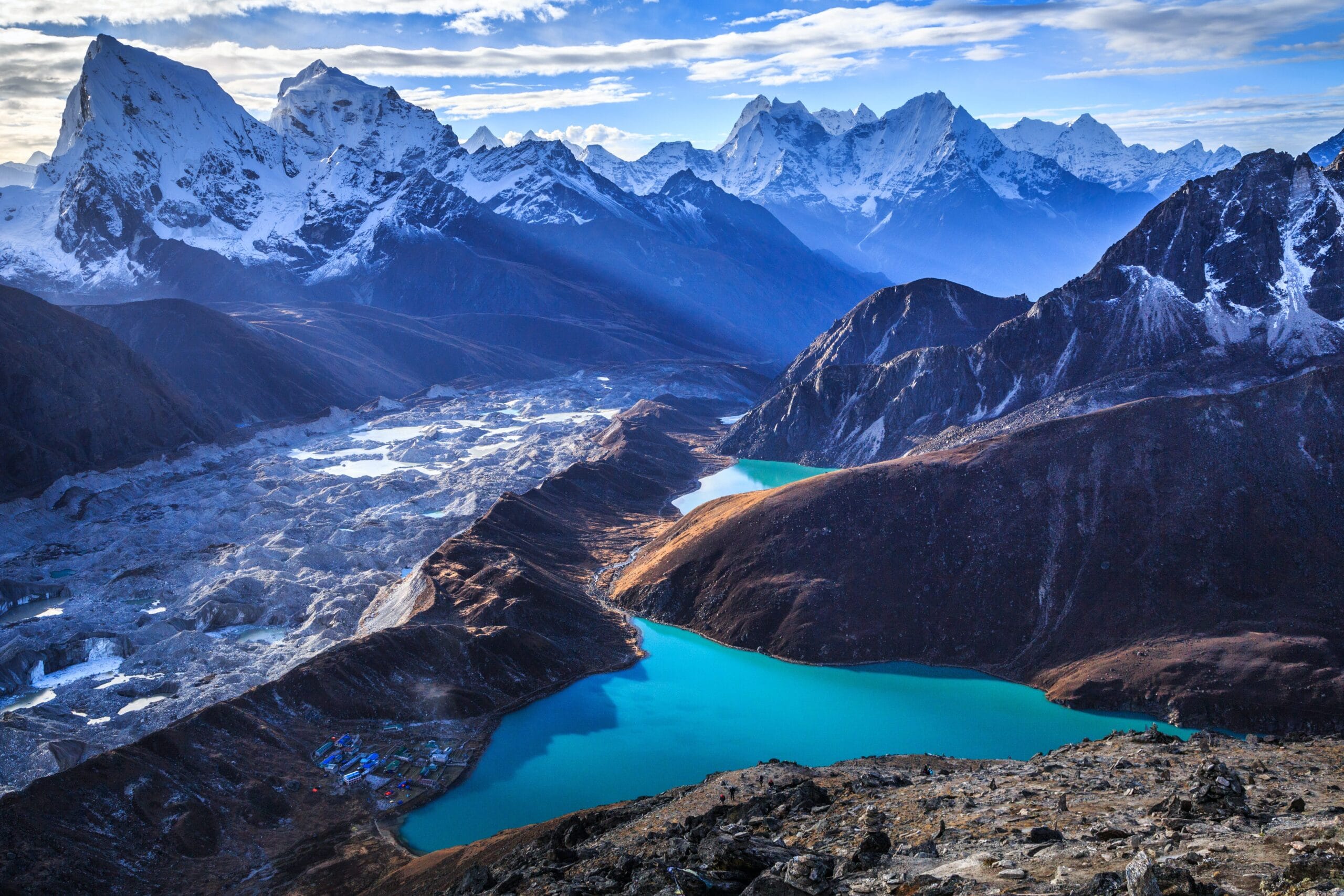
The Himalayas are a lofty mountain range located in South Asia, crossing over 2,400 kilometers. They are home to nine of the ten highest peaks in the world, including the iconic Mount Everest, which stands at an impressive 8,848 meters. These are a natural wonder that has fascinated people for centuries. In this blog post, we will explore the location and significance of the it.
Location:-
The Himalayas are located in South Asia, crossing across six countries which are Bhutan, China, India, Nepal, Pakistan, and Afghanistan. The mountain range is formed by tectonic plates colliding, which created the highest peaks in the world. These are mainly divided into three sections. These sections include :-
i.The eastern part
ii.The central part
iii.The western part
The Himalayas, one of the most impressive mountain ranges in the world, span several countries in South Asia. The eastern part of the range is located in Bhutan and Northeast India, while the central part stretches across Nepal. The western Himalayas, on the other hand, are mainly situated in Pakistan and Afghanistan.
Significance:-
The Himalayas have immense significance in the natural and cultural landscape of South Asia. Here are some of the ways in which the it is significant:
- The Himalayas are a significant water source for South Asia, as many of the major rivers in this region, including the Indus, Ganges, and Brahmaputra, emerge from these mountains. These rivers provide life to millions of people in the region by serving water and are essential for agriculture and other industries.
- Biodiversity: The Himalayas are home to a wide variety of flora and fauna, including many endangered species. The region has over 10,000 plant species, 300 mammal species, and 977 bird species. it is also home to the elusive snow leopard, which is considered a symbol of the region’s biodiversity.
- Spiritual Significance: The Himalayas have significant spiritual and cultural importance in the region. The mountain range is considered sacred by many religions, including Hinduism, Buddhism, and Jainism. it is home to many ancient temples, monasteries, and pilgrimage sites.
- Adventure Tourism: The Himalayas are a popular destination for adventure tourism. The region offers opportunities for trekking, mountaineering, skiing, and other adventure activities. Many tourists come to the Himalayas every year to experience the breathtaking beauty of the region.
Conclusion
The Himalayas are a natural wonder that has immense significance in the South Asian region. They are not only the highest peaks in the world but also a source of water, biodiversity, spirituality, and adventure tourism. The Himalayas are a symbol of the region’s natural and cultural heritage and are an important part of the world’s natural landscape.
Other Important Posts :-



